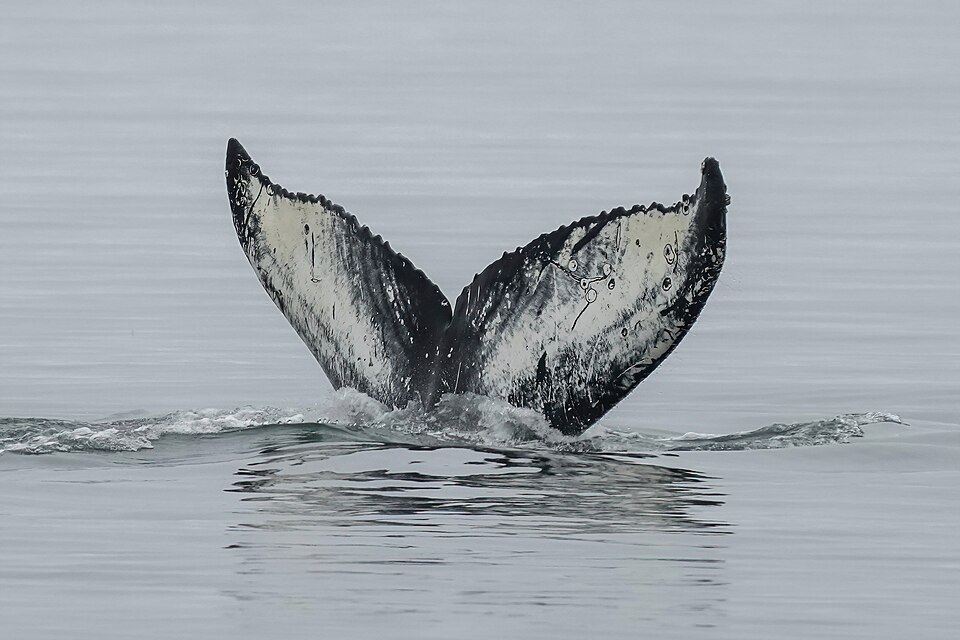New Study Reveals Humpback Whales Lose Significant Weight During Migration

A groundbreaking study published in the journal *Marine Mammal Science* has revealed that humpback whales (*Megaptera novaeangliae*) experience a dramatic loss of body mass during their extensive migratory journeys. Conducted by researchers at Griffith University, the study shows that an average adult humpback whale can lose approximately 36 percent of its body condition, equivalent to 11,000 kilograms of blubber, during migrations from Antarctic feeding grounds to breeding areas in Colombia.
The research utilized drone technology to monitor the physical condition of 103 humpback whales, capturing aerial images that were then analyzed to assess changes in body mass. Lead researcher Alexandre Bernier-Graveline, a PhD candidate at Griffith University, noted that the findings highlight the importance of adequate energy reserves for the whales' migration. "To sustain their journeys, humpbacks must consume around 57,000 kilograms of Antarctic krill, which equates to approximately 196 million kilojoules of energy—an amount that would take the average human over 62 years to consume," Bernier-Graveline stated.
This study sheds light on the critical relationship between the whales and their food sources, emphasizing the impact of dwindling krill populations due to changing environmental conditions. The Antarctic sea-ice ecosystem is undergoing rapid transformation, which poses a significant threat to krill availability. "With less food comes less energy, directly affecting their health, body condition, and reproductive success, which are closely linked to krill abundance and sea ice extent," Bernier-Graveline explained.
The implications of this research extend beyond individual whale health; they serve as an early warning system for potential population declines. Bernier-Graveline, who previously studied beluga whales in Canada, expressed concern regarding the future of humpback populations. "Modeling studies suggest that while humpback whales may recover from historical whaling by 2050, their numbers could decline sharply by 2100 due to ocean warming and reduced prey availability," he cautioned.
The drone-based methodology employed in the study presents a non-invasive means of data collection, allowing researchers to monitor larger populations of whales more effectively than traditional methods, which often require biopsies and can be stressful for the animals. However, the approach is not without challenges. Bernier-Graveline highlighted the technical demands of converting pixel-based measurements from drone images into accurate real-world dimensions, noting that factors such as weather conditions and whale posture can affect data quality.
The urgent need for conservation measures is underscored by the study's findings. Bernier-Graveline remarked, "Understanding early warning signals of population collapse is crucial for implementing effective conservation strategies." Historical precedents, such as the recovery of several whale species following a global ban on industrial whaling, offer hope for the future of humpbacks, provided that proactive steps are taken to safeguard their habitats and food sources.
As ecosystems continue to shift due to climate change, the fate of humpback whales—and the broader marine environment—hangs in a delicate balance. The findings of this study not only enhance our understanding of these majestic creatures but also reinforce the critical importance of preserving their habitats to ensure their survival in an increasingly unpredictable oceanic landscape.
Advertisement
Tags
Advertisement





